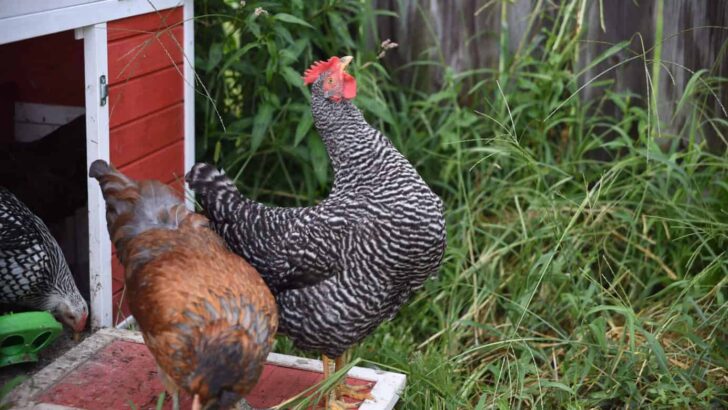Keeping chickens in your backyard is both a fairly easy thing to do as well as fun. There are a few things that you will need to get started. We've been raising chickens since 2016, and we haven't looked back since! While we started without much knowledge and had a learning curve to get around, we wanted to make sure you didn't make the same mistakes that we did. Saving you both time and money, here are some tools for raising backyard chickens.
This post may contain affiliate links
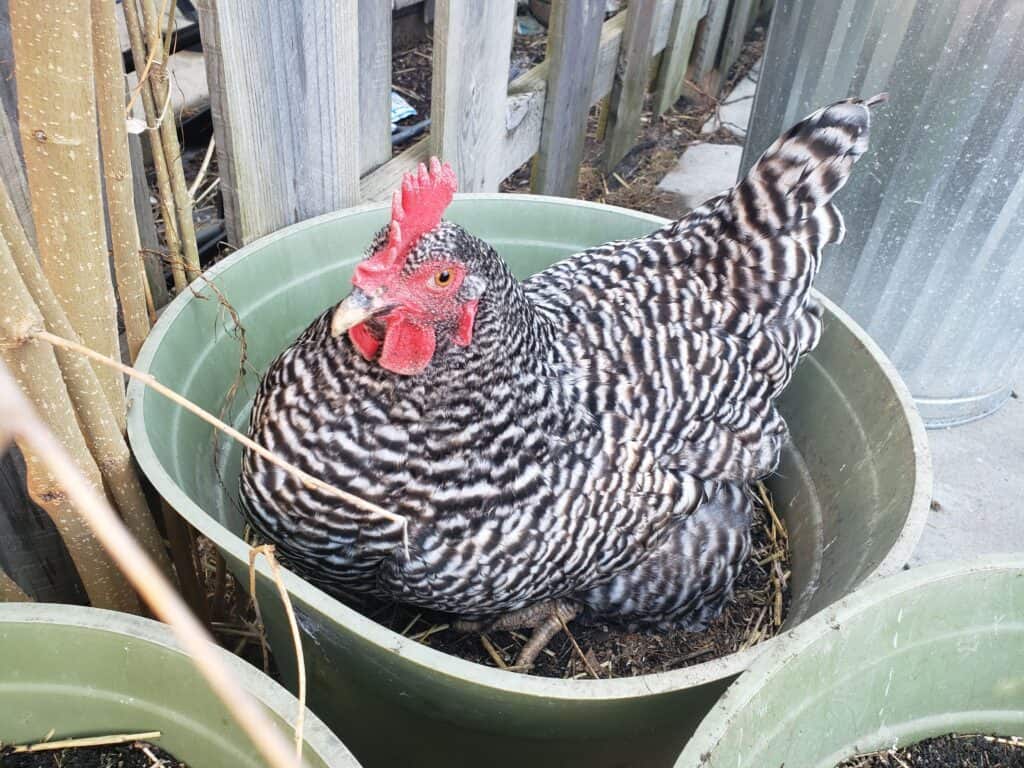
First and foremost, please be sure to check in your local area about the laws and ordinances for keeping chickens. Some cities may require permission or licenses to keep them on your property and many areas also restrict the number that you can have and do not allow roosters. Here in Chicago, we can have whatever our heart desires as long as they don't present a noise or smell issue. We can even have roosters, I just prefer not to.
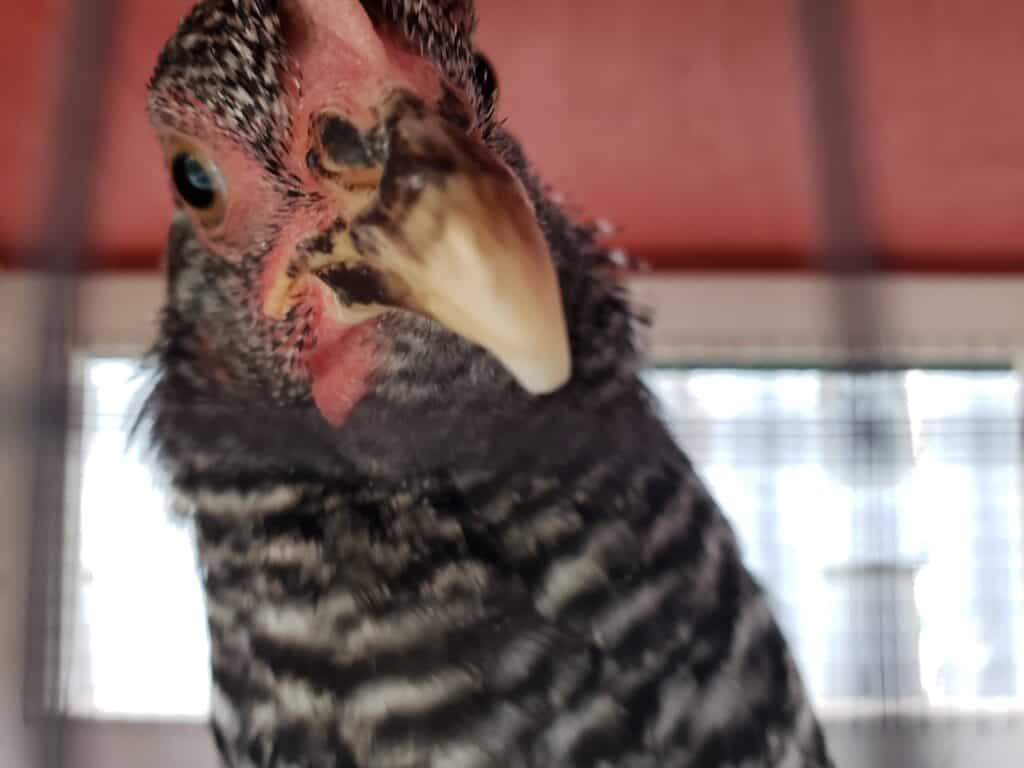
Tools for Raising Backyard Chickens
First decide if you are going to purchase pullets (teenage chickens), chicks, or adults. If deciding to raise your hens from chicks you will need an indoor setup to get them to a place where it's safe to be outside. This setup includes an enclosure they can’t get out of and a heat lamp along with food, water, and bedding material to house them until they are fully feathered. Many people have used things such as kiddie pools to keep the little chicks contained.
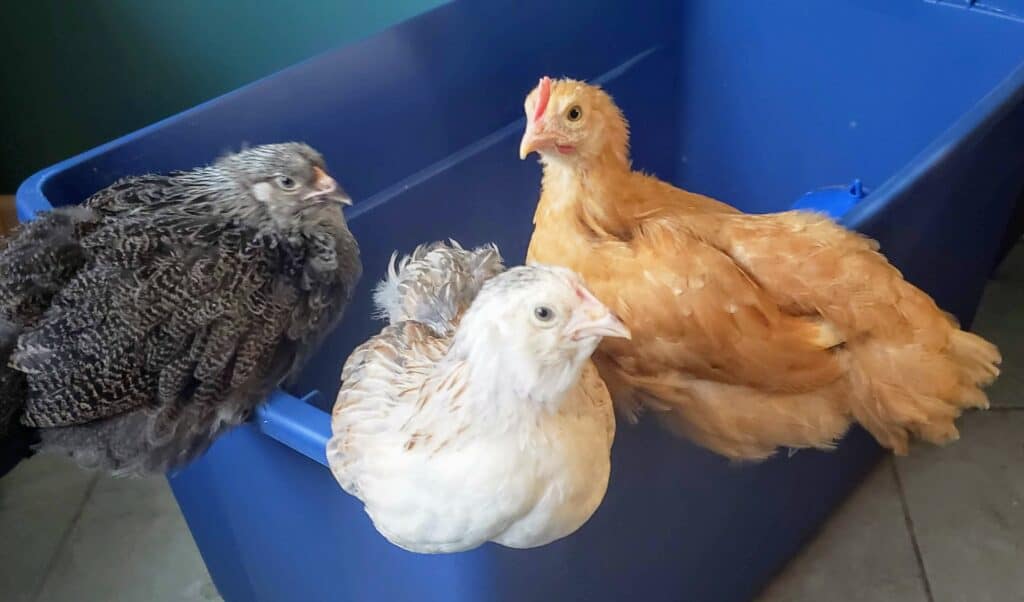
If purchasing pullets or adults you can introduce them right into the outdoor coop. This is because they are fully feathered. HOWEVER, if you already have hens, you'll know that you don't want to put new birds in with an already established flock. They'll fight for DAYS in order to keep the pecking order in place. You don't want that, trust us.
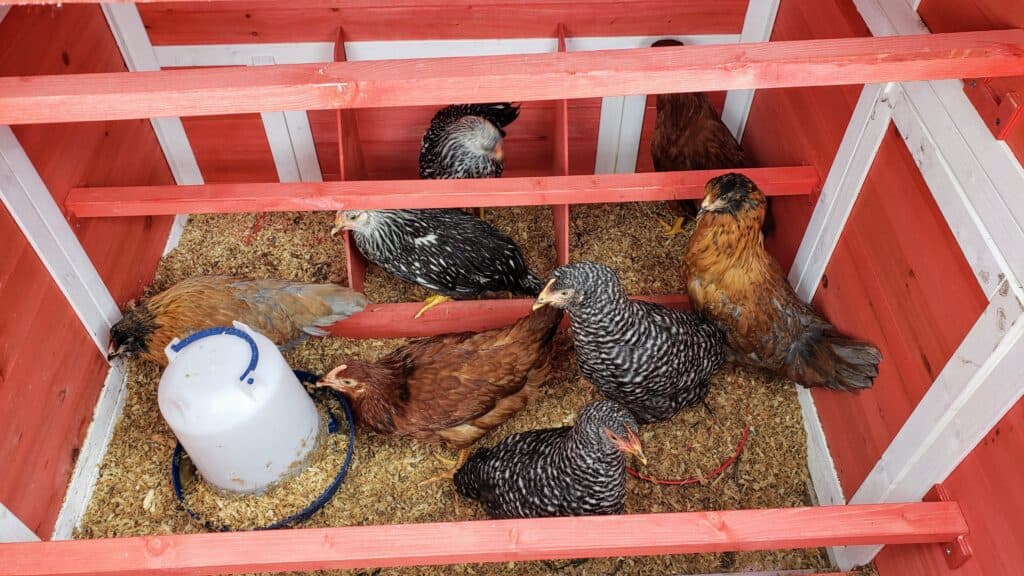
The next thing you want to keep in mind is a safe space to house your chickens. A chicken coop needs to be secure from predators and moisture and have everything the chickens need. This includes a coop, run, food, water, nesting boxes, bedding, roosting areas, and entertainment. We have two coops - one for our backyard and one for the farm.
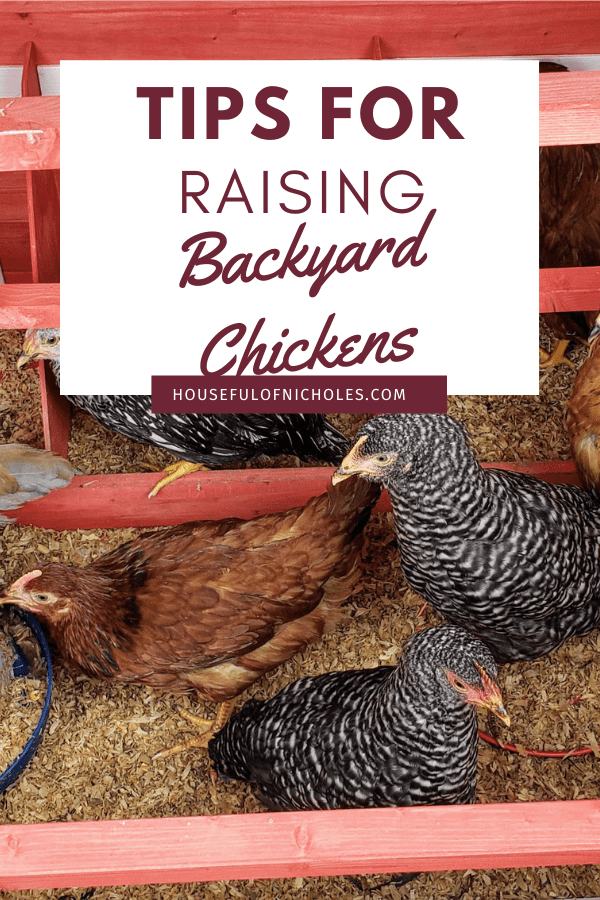
If you are raising chickens in a frigid climate, you will also need a heated water dish so that they always have fresh water and possibly a heat lamp and coop lights. Without heat and light chickens will lay far less in colder months. For many, that is just fine and they don’t bother with heat or lights as it's natural for chickens to simply lay less when it’s cold. We don't use heated anything because it's just a bit easier for us to change the water out and let our girls take a break during winter. Chicago is brutal enough in the winter, why make them work too, right? Also, it's been known that improper usage of warming lamps in coops can often lead to fires. We want to avoid that, but if you know what you're doing - by all means, go for it.
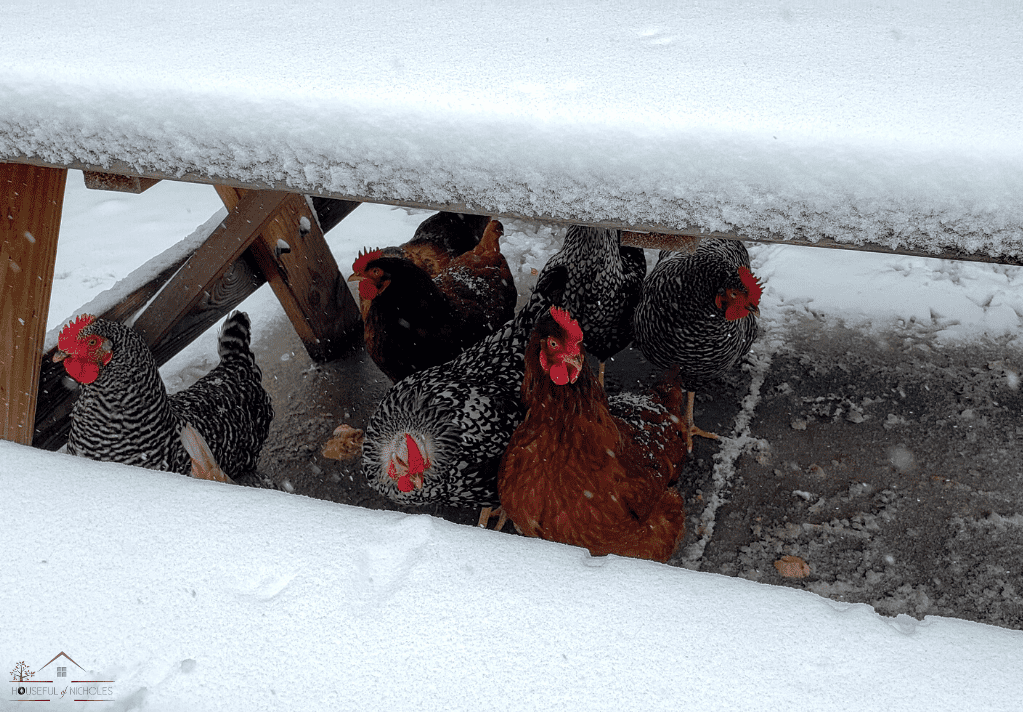
Nesting boxes are easy to create from old crates, this is where chickens will lay their eggs. If you've purchased a coop, the nesting areas should already be pre-planned for you. If you are building from scratch (awesome you!) then these are the best ways to create boxes. Rule of thumb, you do NOT need a nesting box for each of your chickens. They'll all fight to lay in the same box anyway.
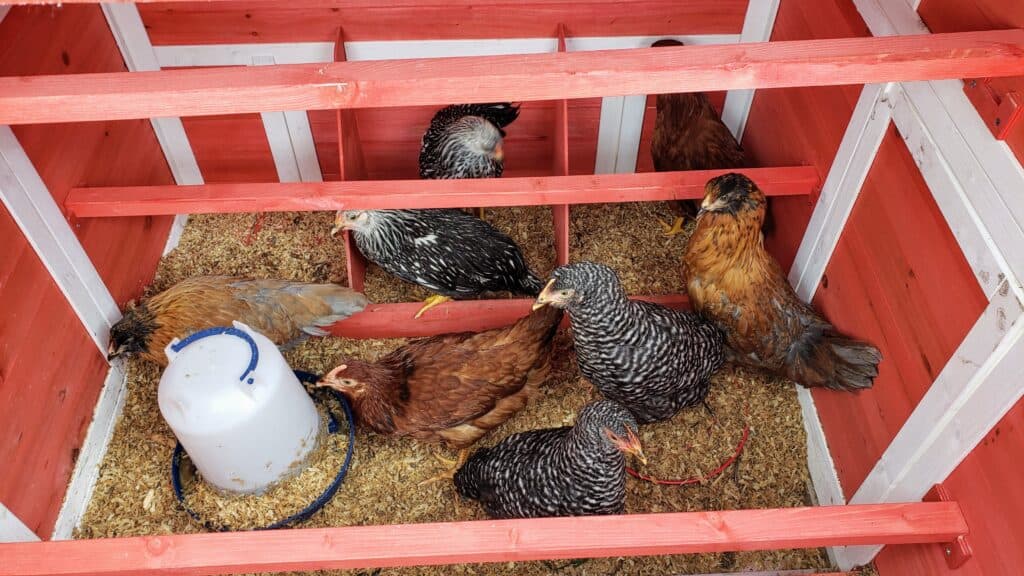
Roosting areas can be made with long pieces of wood or old wooden ladders.
Entertainment is also easy to make. Feeding them your fruit and veggie scraps both provides nutrients and fun for them. Cabbage tied to a rope, a mirror, and ladders to climb on, there are tons of ideas to keep them from being bored. The easiest entertainment is letting them out to free-range when possible. Just make sure to keep them away from areas where they can eat plants as they will eat just about anything, much to the chagrin of every backyard gardener.
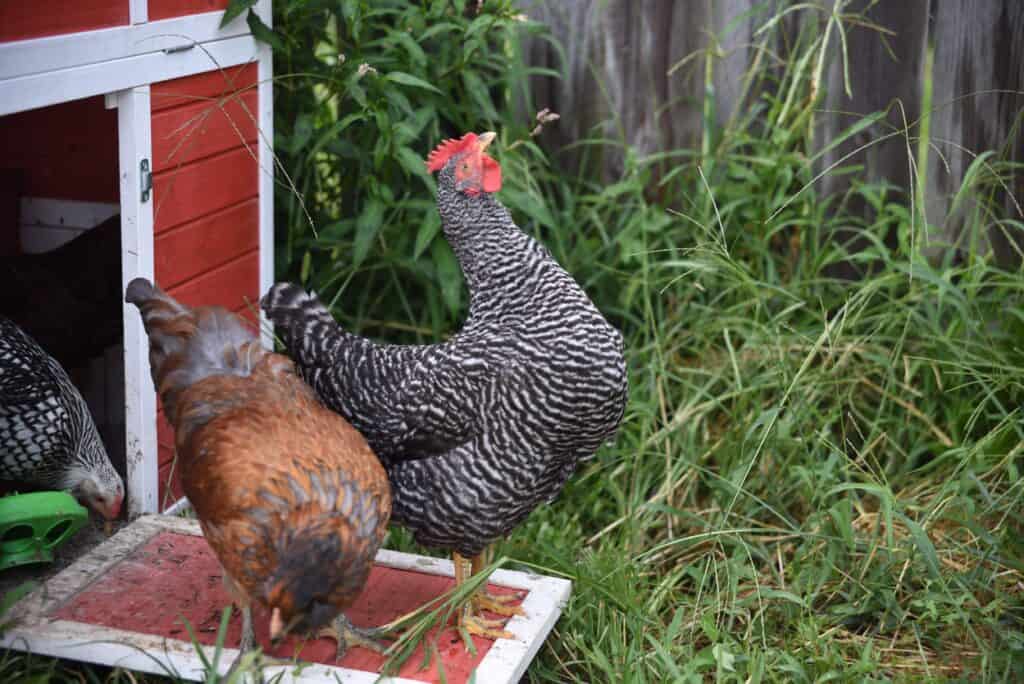
A few things to keep in mind; you will need a way to remove and dispose of waste from the coop. The easiest way to do this is to have a good rake used only for the coop and create a compost pile, throwing the waste in there each week. It turns into the perfect fertilizer after a few weeks. If you have 5-6 chickens and a smaller family, you may end up with extra eggs. Having some additional egg cartons on hand for storage might be a good idea! In warmer months each chicken will lay roughly one egg per day! Enough to share with neighbors for sure!
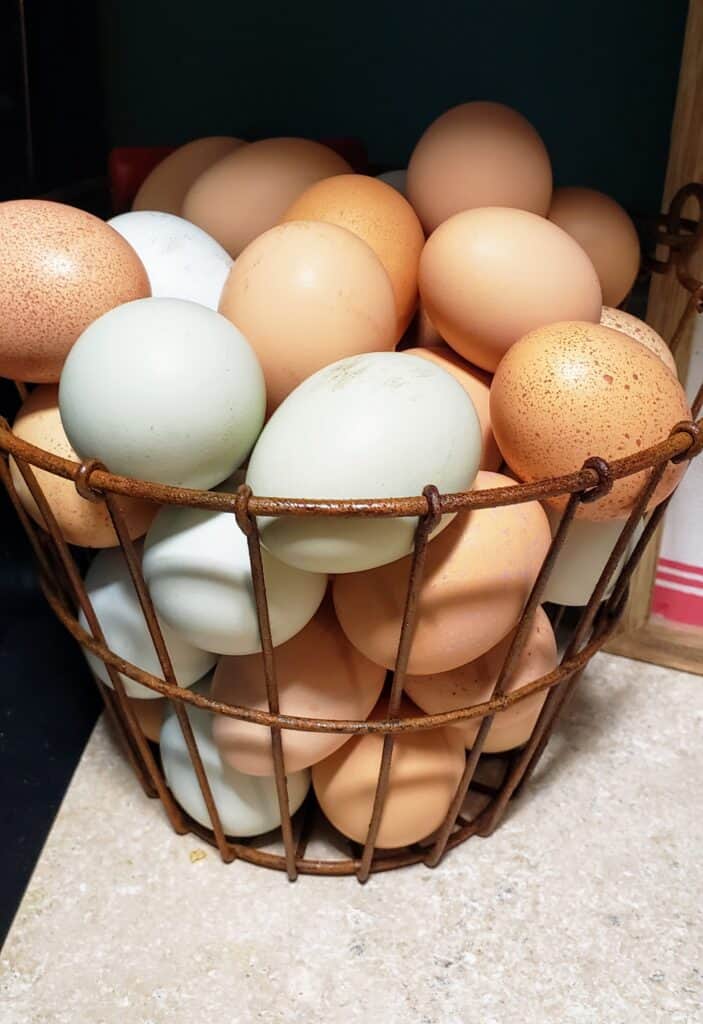
If you have any questions about raising chickens, let us know in the comments below. We enjoy our bird friends immensely, but we'll always tell you the good and bad about raising them on your homestead - even if it's in a metropolis.

